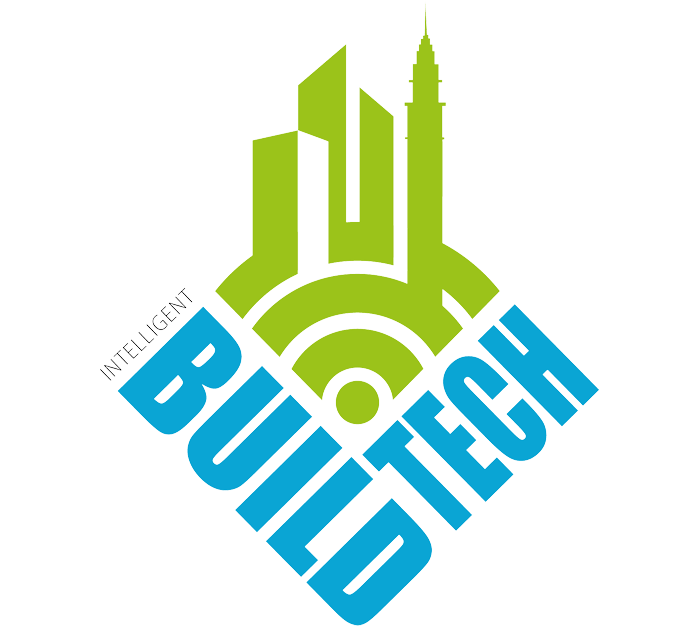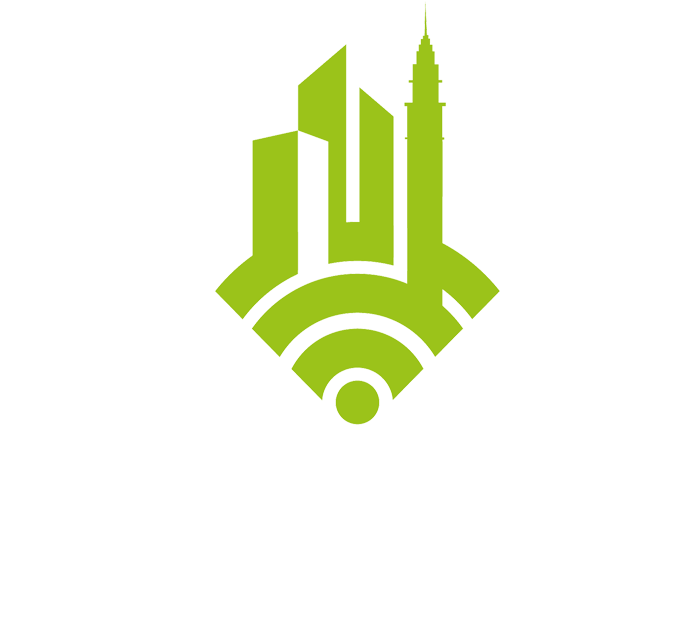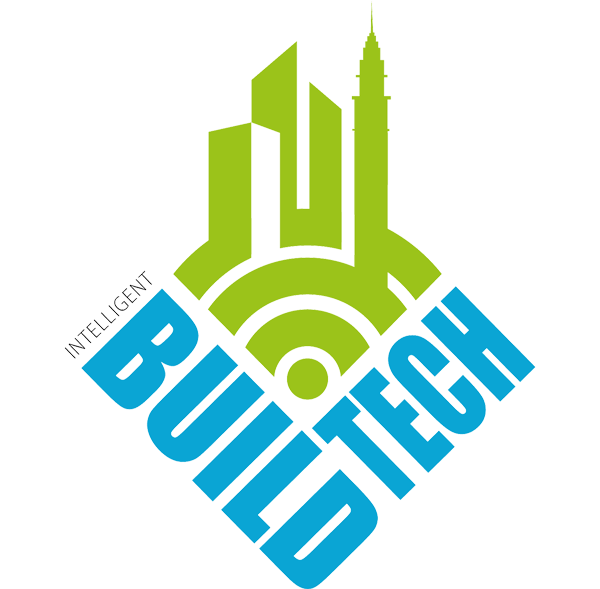The University of Birmingham is pioneering the integration of Smart Building technologies across its campus, setting new standards for sustainability and efficiency in higher education. Discover how Trevor Payne, Director of Estates at the University of Birmingham, is leading the charge with Schneider Electric’s Smart Building technologies. In this interview, he explores how these innovations enhance campus efficiency, sustainability and benefit students, staff and the broader community.
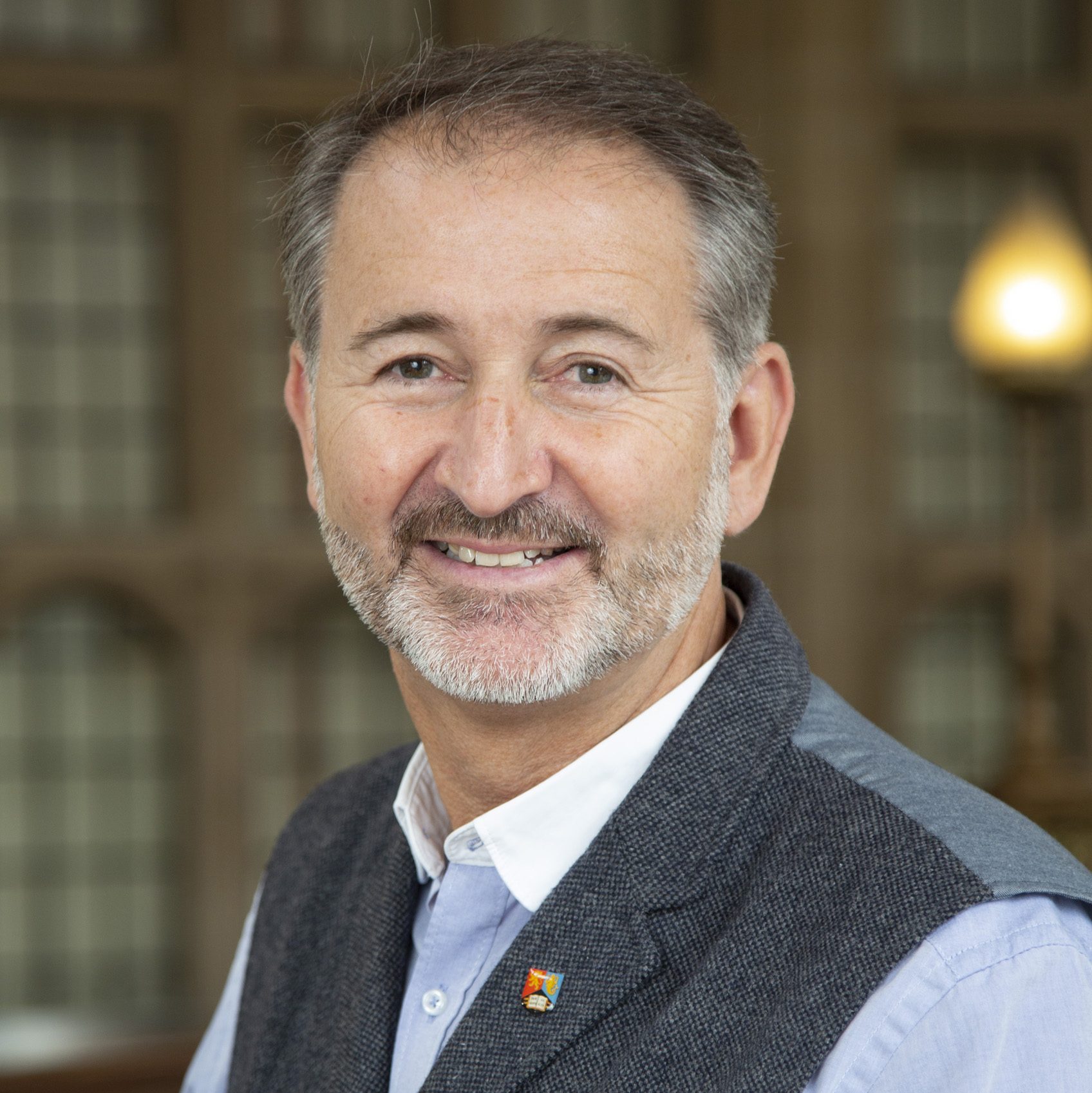
Why is it crucial for institutions like the University of Birmingham to embrace and leverage Smart Building technologies, and how do you see these advancements benefiting both the campus community and the broader sustainability efforts?
It’s becoming increasingly crucial for institutions like the University of Birmingham to embrace and leverage Smart Building technologies to enhance campus efficiency and functionality. These technologies can help enhance the student and staff experience and help to ensure that universities can attract the best talent.
In fact, we see that students today are increasingly prioritising sustainability when choosing a university, with 87% agreeing they want their chosen institution to take sustainability seriously. Commitment to sustainability enhances a university’s reputation, enabling it to attract environmentally-conscious students, and foster a community dedicated to making a positive impact on the world.
By implementing Smart Building technologies at the University of Birmingham, we’re not only contributing towards a healthier planet but also providing our students with the knowledge and skills to address future ecological challenges.
Could you elaborate on the role of Schneider Electric’s technology in helping the University of Birmingham achieve its sustainability goals and improve building performance?
A core part of our sustainability strategy is to reduce energy consumption and improve efficiency. Using Schneider’s Power Monitoring ExpertTM software has granted us insight into energy usage and power quality in real-time. From this, we are able to make informed decisions that improve performance and drive sustainability.
Alongside the requirements for proactive facilities management, asset management and sustainable energy efficiency, it is vital that we provide superior experience for our users, whether that’s visitors, staff or students. The integration of smart sensors, which monitor occupancy, air quality, CO2 and ambient factors, provide vital data to drive automated room control. With dynamic monitoring of user needs, alongside end-to-end cyber-secure systems, everyone on the campus can enjoy the benefits of the Smart Building experience.
Working with Schneider Electric is also helping us to avoid any unplanned downtime. This is because we have access to a 24/7 Remote Monitoring Service, and a dedicated team of experts who remotely monitor, troubleshoot and analyse connected assets to help maximise uptime, improve maintenance and reduce energy usage and costs.
How has the implementation of Schneider Electric’s solutions contributed to the University’s proactive approach to facilities management and maintenance?
Working with Schneider Electric has enabled us to take a data-led approach, which means we can be more proactive when it comes to increasing energy efficiency.
We have adopted EcoStruxure Building AdvisorTM, part of Schneider Electric’s suite of analytic monitoring services, to achieve constant monitoring of the building management system. This enables our facilities team to proactively address inefficiencies, quickly identify faults and take preventative actions.
One example of this is when it comes to cleaning. Previously we were scheduling our cleaning based on a room booking system. This meant that rooms that weren’t being occupied were still on the list. However, with Schneider’s technology, we can base our rotas on occupancy rates, which is far more accurate. It means we can be more efficient and will likely also result in some financial savings.
In what ways have smart sensors been utilised to monitor factors like occupancy, air quality and CO2 emissions across the campus? What benefits have these monitoring capabilities brought to students, staff and visitors?
The system currently monitors 205 building assets and a total of 1,222 connected points. It takes readings from the connected building assets every five minutes, and this data is then sent to the cloud and analysed to determine whether the building is functioning optimally. If an anomaly is identified, the system can suggest possible causes to aid the engineer with diagnosing the root of the fault.
All this data is presented via our Building Advisor Dashboard, which can be modified to the user’s preferences by selecting preferred modules. Through this, we can quickly identify what the performance of the building is in terms of comfort, energy and maintenance, which is displayed on a custom dashboard with the scores attributed to each area and the trends over time. In terms of energy efficiency, this helps us to spot any opportunities for increased performance and reliability. For the building’s occupants it also means that they can work in the way that best suits them. So, for example, if a student like to work on colder temperatures they can do so. Similarly, they can search for quieter or darker places to work.
You mentioned that data from Schneider Electric’s technology is available to engineering students. How is this data empowering the next generation, and how does it align with the University’s commitment to sustainable solutions?
Having the ability to access real time data in a safe and accessible manner allows students to visualise and analyse the performance of the building. Students can then use this data to support their research or to develop proposals to create Apps, products or suggestions – therefore using the smart data to develop actionable insights that benefit the university, wider research and the students. In this way students are using the data to think differently and to offer solutions to student-facing problems that we may not have fully understood or considered.
The University’s School of Engineering serves as a showcase for Smart Campus excellence. Could you discuss why this is such a great achievement?
This provides a real-life example of how SMART and IoT connectivity can be layered and delivered to produce real-time, tangible improvements that support the generation of research by making the building a living lab. As a case study it can then be widely shared in order to demonstrate that this type of innovation can be implemented and does deliver, making a significant impact to the environment and bringing increased efficiency to the building’s users.
How does the University of Birmingham plan to continue advancing in this area in the years to come?
The next challenge is to scale up – to incorporate this technology and innovation into the campus masterplan that will see us upgrading and improving existing buildings alongside constructing new, specialist buildings. In order to do this, we will need to standardise and adopt this approach and ensure that it can be delivered effectively in both new build and retrofit scenarios.
